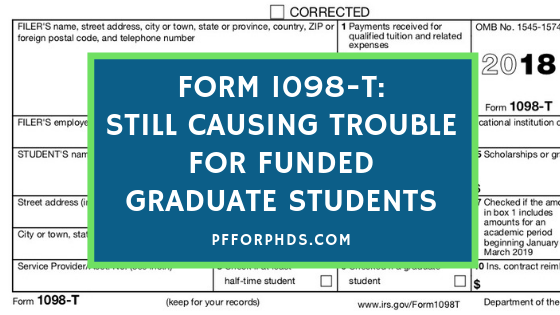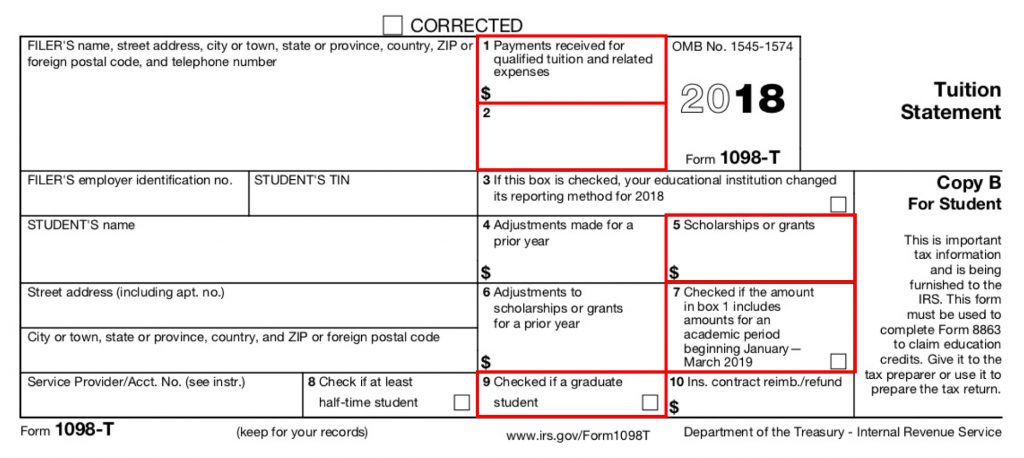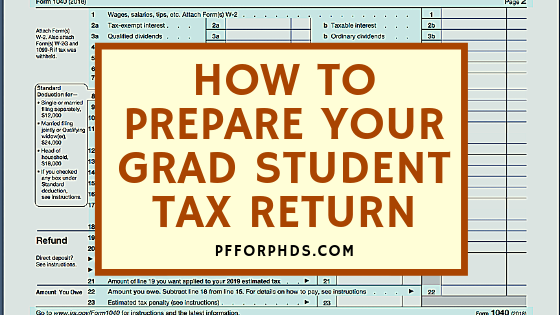Congratulations on receiving an official offer of admission to a PhD program! This is truly an exhilarating period in your academic career. After celebrating your admission and letting the giddiness wear off, whip out your magnifying glass: It’s time to take a close look at your offer letter to figure out what it actually means. Offer letters can be a bit difficult to decipher (sometimes intentionally!), but this is a vital step so that you go into your PhD program with your eyes wide open regarding your financial situation. This article covers how to discern what your program is offering you regarding your stipend/salary, out-of-pocket tuition and fees, the type of pay you receive and whether it comes with a work requirement, health insurance, “guarantees,” and how your funding package evolves as you move through your PhD program.
If your offer letter doesn’t answer all the following questions (and you’re seriously considering taking it), turn to the offering department’s administrative assistant (for official answers) and/or current graduate students (for this-is-how-things-actually-work answers).
Gross Stipend/Salary
Right away your eye might be drawn to a phrase like “Your total financial aid package is worth…” and some huge number like $50,000 or $90,000. Don’t be distracted by it! You need to know what your actual pay will be – what is usually referred to as your stipend. The letter should delineate between your stipend and the cost of the tuition and fees paid on your behalf. The important take-away is what’s going into your pocket (before taxes) as this is the money that will pay your living expenses and fund your financial goals.
Tuition and Fees (Your Responsibility)
If your offer letter includes funding, it should say that some aspect of your tuition and/or fees will be paid on your behalf. However, when determining how much money you actually get to keep at the end of the day, you have to know: Are you responsible for paying any (partial) tuition and fees out of your own pocket? For example, perhaps your tuition is being paid on your behalf, but out of your stipend you are expected to pay a relatively small fee. Don’t be impressed by huge numbers in tuition and fees being paid for you! What matters is how much you have to pay out of your own pocket; ideally $0 or close to it!
Source of Stipend
Your offer letter will likely tell you the source(s) of your stipend: an assistantship or fellowship. One of the key differences between these two types of funding is whether there is a work requirement.
Fellowships do not have “work requirements,” and to maintain them you are generally just expected to make satisfactory progress toward your degree with respect to your coursework and dissertation progress.
Assistantships do have a work requirement; you are technically an employee of your university. Research assistantships with your dissertation advisor usually allow you to combine your work requirement with your dissertation research (with some exceptions). Teaching and graduate assistantships require you to teach or perform some other kind of service for your university (most often officially capped at 20 hours/week), after which you are free to work on your coursework and/or dissertation.
It’s vital to know whether you have a work requirement in your first year or really any requirements to maintain your funding (e.g., attending a seminar series, submitting progress reports). If you don’t meet those requirements, your funding could be revoked.
Your stipend offer letter should clearly state what your work requirement is or whether you need to secure one prior to the start of the school year. For example, you might be offered funding from a teaching assistantship, but it could be still up to you to actually arrange with a professor to TA a certain course.
Knowing about a work requirement will help you properly envision how you’ll spend your time during your first year in your PhD program.
Duration of Stipend
Your offer letter should tell you over what period you will be paid your stipend. Ideally, the answer is 12 months, although carefully note if the source of the stipend changes during that time. (For example, I was paid in my first 9 months of graduate school by a training grant and in the next 3 months by a research assistantship, and this was all spelled out in my offer letter.) If the offer letter says the stipend lasts any period shorter than 12 months, you need to follow up: Does that mean you actually won’t be paid (you’ll have to plan financially for that, obviously) or that you are going to have to secure other funding after the initial period?
Who Pays What for Health Insurance?
Health insurance is a huge issue for graduate students, and universities handle it differently. The key answers you need from your offer letter are:
- Will you have an opportunity to buy student health insurance through the university? (Almost certainly the answer is yes.)
- What is the yearly premium for the student health insurance?
- If you sign up for student health insurance, is the premium paid on your behalf (similar to tuition and fees) or do you pay (part of) it out of pocket?
- Are dental and vision insurance bundled along with health insurance, or would you have to buy them separately?
Even if you plan to stay on your parents’ insurance for some years at the start of your PhD, it’s important to understand what you may be paying for premiums once you switch to insurance through your university.
Is There a Guarantee?
Does the word ‘guarantee’ appear anywhere in your offer letter, e.g., is your funding guaranteed for 2 years, 5 years? A guarantee is nice to have, but it shouldn’t necessarily be a deal-breaker. If you don’t have guaranteed funding throughout your PhD (which might very well go beyond 5 years!), find out from current students whether students all pretty much stay funded or whether funding becomes tight/competitive in later years.
What Happens after the First Year?
Probably of the most important things to know about funding during your PhD is what happens in later years. A PhD is long, after all, and your offer letters might only discuss funding in the first year. Your offer letter might include hints of funding changes in the future, such as by saying you received a first-year fellowship or one-time bonus, or saying that your funding source will change starting in your second year.
You should be particularly wary of your stipend decreasing after your first year due to a one-time/first year-only bolus of money (a promotional offer, so to speak). It would be quite painful to find out at the last minute that your stipend is going down and have to scramble to adjust your living expenses. Better to build your life and budget around your ongoing stipend amount and use the first-year increase for one-time expenses or savings.
If you are seriously considering accepting an offer, you should definitely inquire about what funding looks like in the second and following years. The departmental administrative assistant may not be able to say for sure what will happen in your case, but he/she and current students can tell you the precedent.
- What will my after-tuition/fees stipend (and its term) be in my second and subsequent years (lower, higher, pretty much the same)?
- What will the source of my funding be in later years, and am I responsible for securing it? (For example, in your first year you might be funded from a training grant so you can rotate among potential advisors, but starting in your second year you must secure a research assistantship with your dissertation advisor.)
- Are yearly cost-of-living raises typical?
Don’t be dazzled by a pumped-up first-year offer if the reality behind it is a department where students compete with one another for limited funding and you’re paid the same stipend in your fifth year that you were in your first!
You can see that to properly understand your funding during your PhD you need a lot more information from your stipend offer letter than just the number that will hit your bank account each month! Again, you only need to investigate beyond the offer letter to the degree that you are considering accepting the offer (most likely based on other factors). But even if you don’t care about money at all, I strongly encourage you to find answers to these questions for the program that you ultimately accept before you commit to a lease or move.










